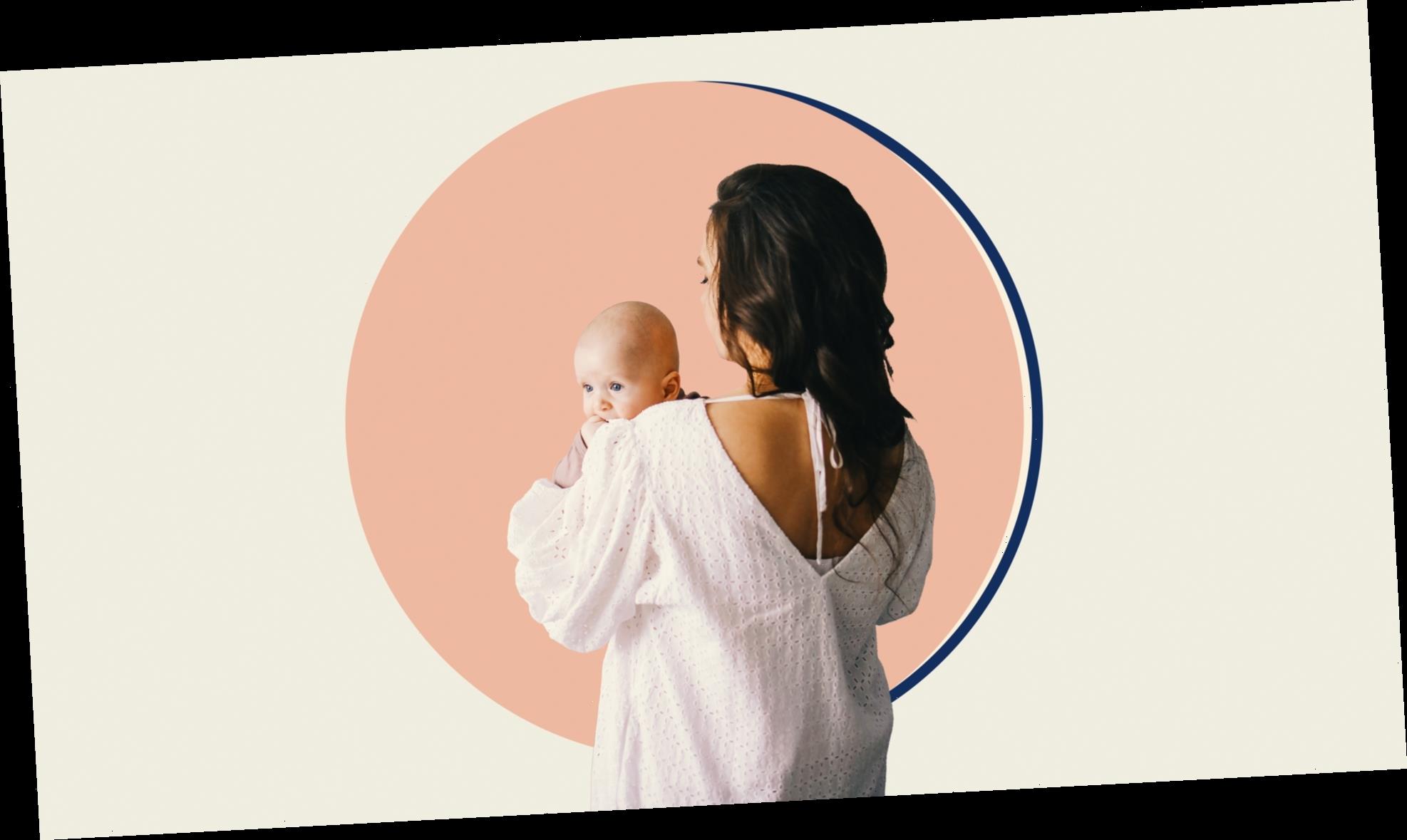Motherhood has been a lot of things for me. It’s a joyful journey, and an emotional journey. I’ve laughed with — and at — my children. I’ve cried over cold coffee and spilled milk. It’s been a frustrating and exhilarating journey. Some days I scream at the top of my lungs; others, my voice is full of song. Me and my oldest sing killer karaoke. And I’ve never been more proud or terrified in my life. But, if I’m being honest, I expected these feelings. Parenting, after all, is rewarding and tough. However, the one thing I didn’t foresee was how motherhood would alter my body. How motherhood would change my body.
I didn’t consider that weight gain, widened hips, and stretched skin could (and would) trigger my long-dormant eating disorder, and yet here we are.
My son is 16 months and I am sick, sicker than I’ve been in some time.
Outwardly, you wouldn’t know it. I look normal. The number on the scale is normal. My BMI falls into an acceptable range, and I smile. Often. But behind my smile is sadness and pain. Behind my smile is a woman who is insecure and unsure about her appearance and in her skin. And behind my smile is a woman who is counting calories rigidly. Constantly. I regularly do “diet math” in my head.
But that’s not all. I weigh-in obsessively. I step on the scale before meals and after bowel movements. I skip breakfast and have used everything from juice to cayenne pepper to slim down. I run constantly, even when I am tired. Even when the pain in my legs and hips is too much to bear. And I have myself convinced that I will be happy if I just lose five pounds, but that is a lie because my eating disorders know no bounds.
Sure, the scale may reflect a more palatable number but the mirror won’t. The reason? Body dysmorphic disorder. BDD makes me believe my thickened features are grotesque.
I am grotesque.
Of course, I am not alone. While many associate eating disorders with adolescence, these illnesses are equal opportunity offenders, i.e. they impact individuals regardless of their age or gender. And while little research has been done regarding midlife eating disorders, Very Well reports around 3.6% of women aged 40 to 50 years have or will experience an eating disorder, the symptoms of which likely began years before — like mine.
When I was 15 when I began chastising my body. Criticizing my body. I hated my thick thighs, soft stomach, wide hips, and flat chest. By 16, this sense of discomfort and self-loathing was an obsession. I spent all of my free time cycling and doing crunches. I worked out until I felt faint and could see my ribs. And when I moved out on my own I stopped eating.
The only food I allowed myself to consume was baby food. Well, that and black coffee. And I lived this way for years.
At 19, I barely topped 100 pounds.
The good news is that eventually my mind healed, as did my body. With therapy and regular counseling I learned to see a strong woman. A healthy woman. I learned how to feed and care for that woman, and I know I can do it again. I was growing and coping for 13 years. But eating disorder recovery isn’t linear. Sure, my symptoms lessened but that critical voice — that nagging voice — never went away. She has spoken to me for years. And post-pregnancy she got louder.
Heck, during my pregnancy she yelled at me.
She convinced me I should avoid extraneous indulgences, like ice cream and cake.
I ran until the day I gave birth.
But with the help of my therapist, I am working to strengthen me, and silence her. I’m finding ways to improve my physical and mental health. And while recovery will take time — while I now know recovery is a lifelong process — I am thankful. I am hopeful. And by my son’s second birthday, I hope to see a my body the way others do: not as “thick” or unsightly but as capable and strong.
If you or someone you know is struggling with disordered eating, contact the National Eating Disorders Association helpline at (800) 931-2237.
Source: Read Full Article
